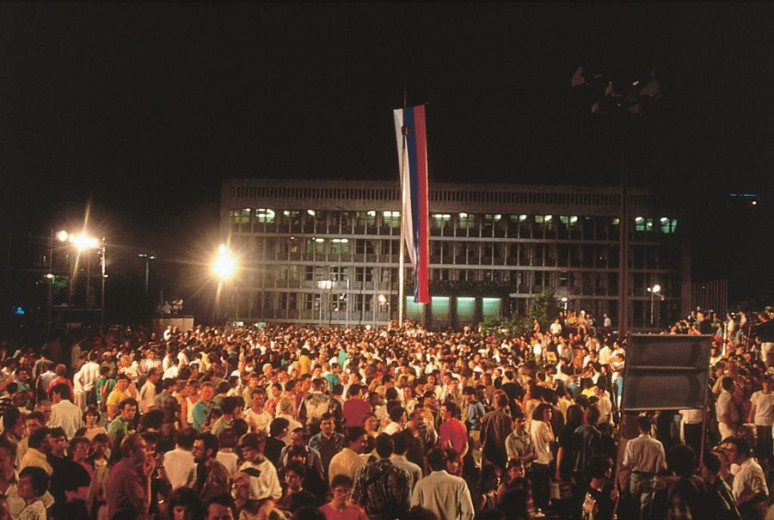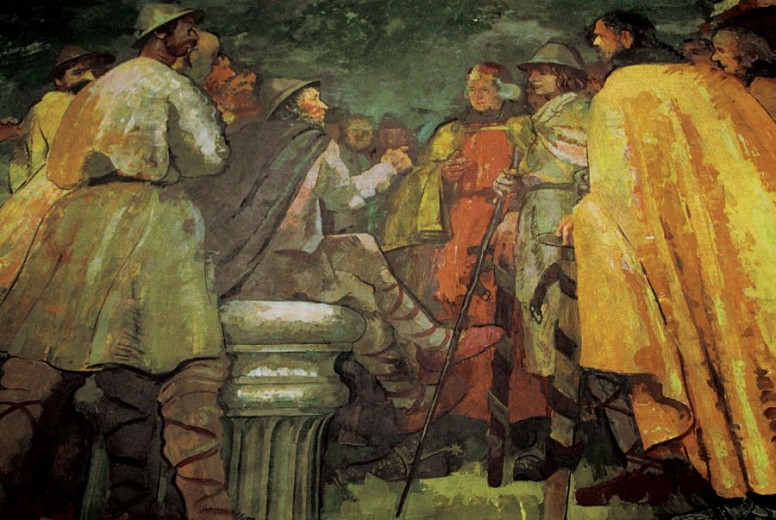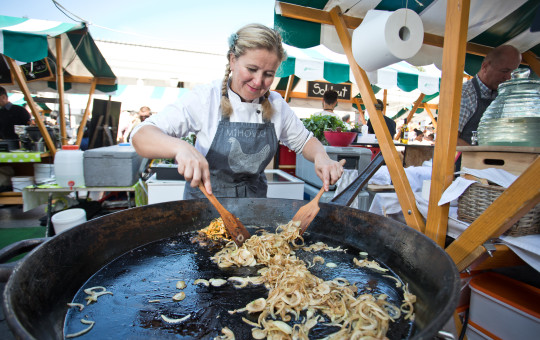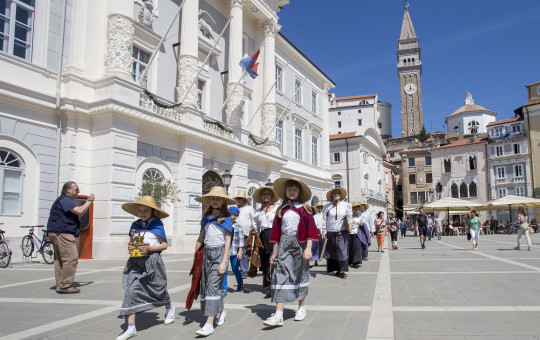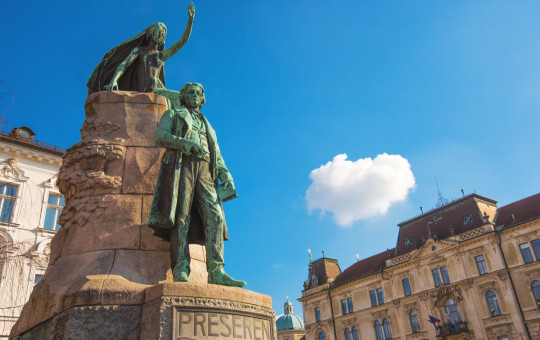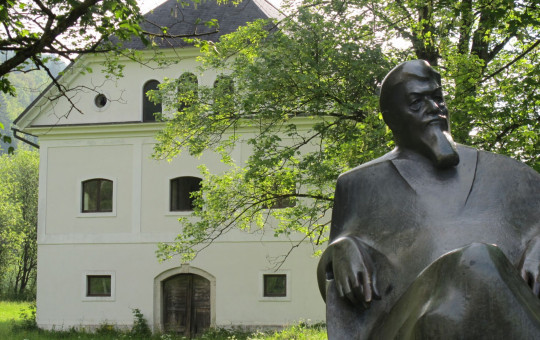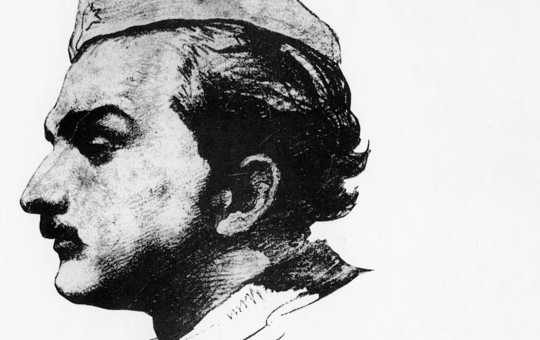1991 was a turning point for Slovenia and Slovenians. In that year, Slovenia appeared on the global political map as an independent country. However, Slovenians laid foundations for statehood more than a thousand years ago. The country’s extraordinary geographical position played an important role in this process, and the diverse landscape has marked the country’s rich natural and cultural heritage, inspired the creativity of its inhabitants, and produced a number of exceptional individuals.
Over years, Slovenians have maintained their small numbers with pride, and it was the small size of Slovenia itself that compelled us to accept variety and diversity. We are a South Slavic nation. In the 6th century, our Slavic ancestors emerged from the Carpathian Mountains and settled in the territory of presentday Slovenia. As early as the 7th century, they founded the first Slavic state, the principality of Carantania, under the leadership of King Samo. Carantania existed for almost 300 years and was known for its democratic organisation and the sovereignty of its people.
Prince's Stone
The principality of Carantania is particularly notable for the ancient ritual of installing Carantanian dukes. The ritual took place at the Prince’s Stone (Knežji kamen) and was performed in a Slavic language. It persisted in its original form until the first half of the 15th century. The installation ritual was also described by French historian Jean Bodin in his book Six livres de la Republique. Thomas Jefferson underlined a reference to it in his copy of the book, which gave rise to speculation that it inspired him in writing the draft of his "Declaration of Independence". However, there is no historical evidence of this.
The crossroads of the Alps, the Pannonian Plain and the Mediterranean was a very lively area even before that. It was inhabited by a variety of peoples, who helped shape the area’s cultural heritage, such as for instance the Illyrians in the early Iron Age, and then the Celts, who in the 3rd century BC established the Celtic Kingdom of Noricum, which later became a Roman province. The period of the Roman Empire left a rich cultural heritage in the first towns that appeared in this area.
It took a long time for the rich blend of old and new to mould into an independent national community, which matured in the 16th century, when it published its first books and formed the seed of the national programme.
Over time, history has created a number of important symbols that remain embedded in our historical memory: the Carantanian coat of arms and the Carantanian hat, the Prince’s Stone from the Zollfeld Field (Gosposvetsko polje), the Freising Manuscripts, the coats of arms of Slovenian regions, particularly Carniola, the dynasty of the counts of Celje, the linden leaf, and Triglav, the highest mountain in Slovenia.
These were the basis for the national symbols of the Republic of Slovenia – the coat of arms, the national flag and the national anthem.
Despite the fact that, until the 20th century, the Slovenian national community was governed by foreigners – most of the time it was under Habsburg or later Austro-Hungarian rule – it managed to shape its national identity. After the First World War, Slovenia became part of the Kingdom of Yugoslavia, and after the Second World War, of the Socialist Federal Republic of Yugoslavia.
After more than seventy years of living in Yugoslavia, Slovenians reached a consensus on independence.
In a plebiscite in 1990 almost 90% of the Slovenian electorate voted in favour of Slovenian independence.
In June 1991, Slovenia became an independent state. In January 1992, it was recognised by the European Union, and shortly afterwards it also became established in the international community. In 1998, the young state of Slovenia became a nonpermanent member of the UN Security Council, over which it also presided.
2004 was an important milestone for Slovenia, as in that year it joined the European Union and NATO. On 1 January 2007, Slovenia became the first of the new Member States to adopt the EU’s common currency. It was also the first new Member State to hold the Presidency of the Council of the European Union, during the first half of 2008. Slovenia has been an OECD member since July 2010.
Date: 1. July 2019
Time to read: 3 min

